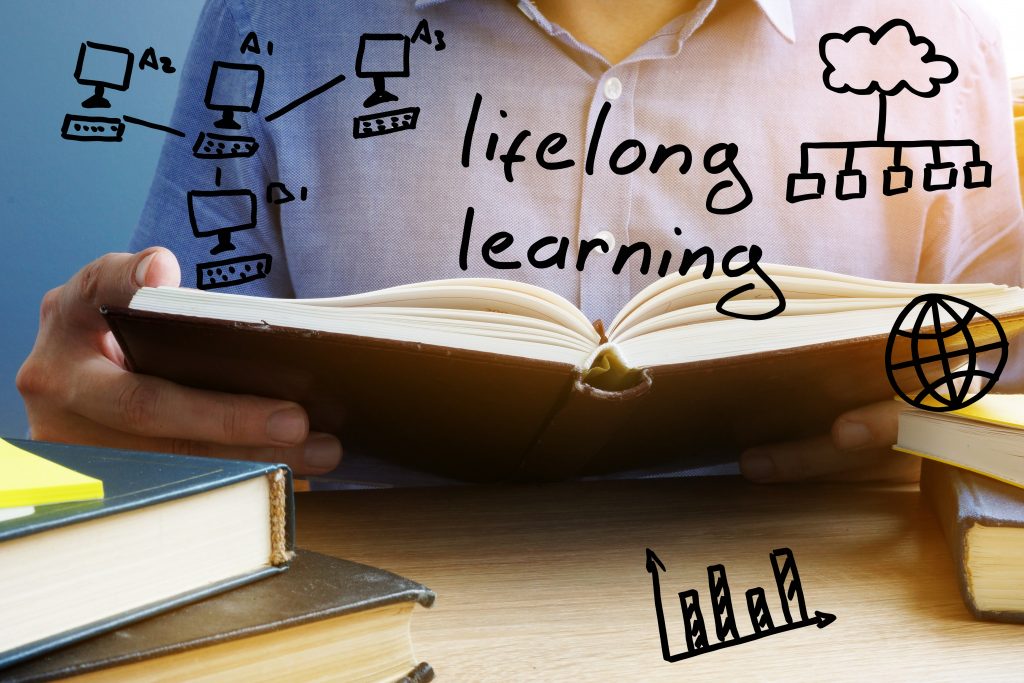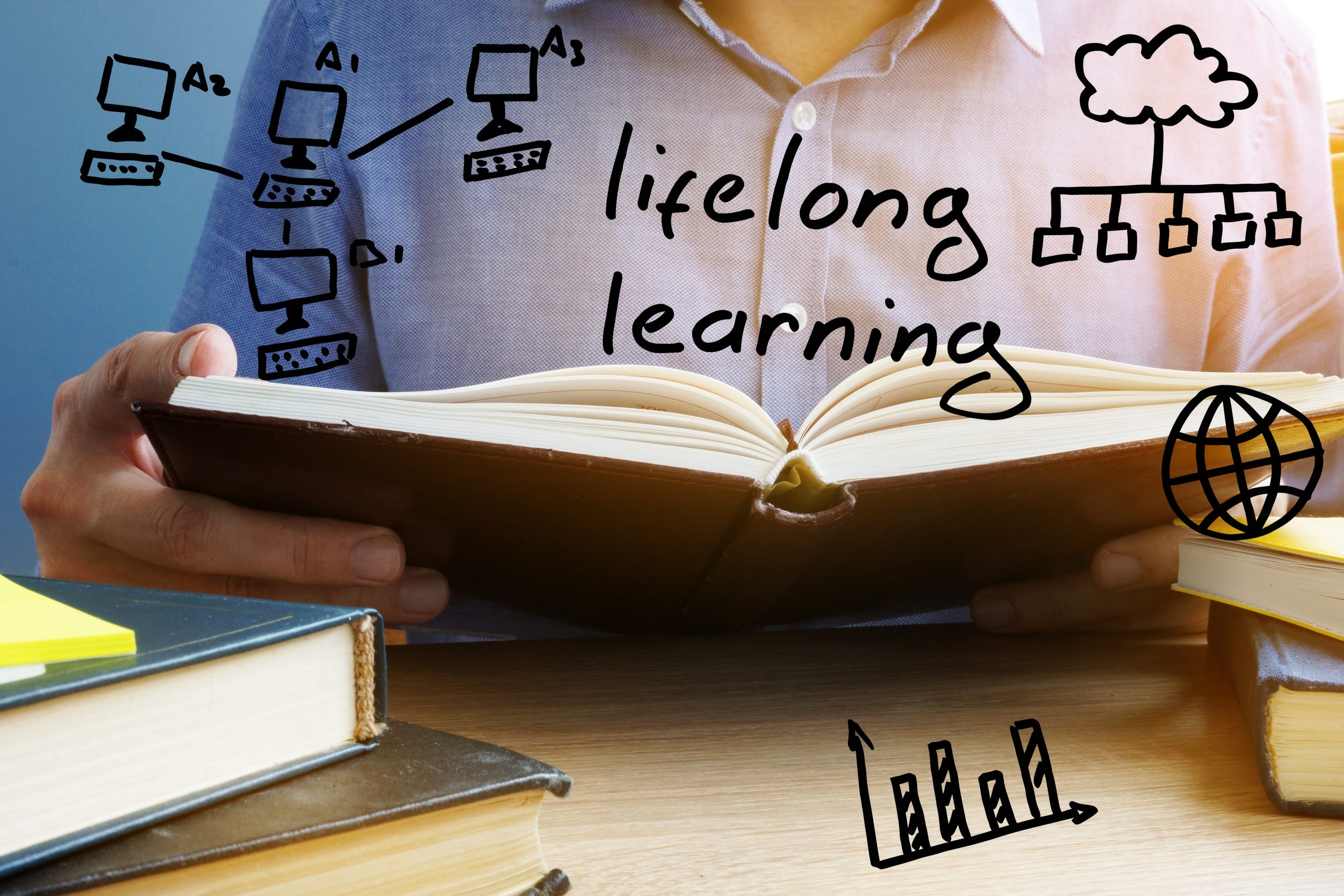Embracing Lifelong Learning for Personal Growth and Career Advancement
Introduction
In today’s fast-paced world, where professional landscapes are constantly evolving, embracing lifelong learning has become imperative for learning and development professionals. Lifelong learning is the key to personal growth, career advancement, and staying ahead in the competitive job market. In this article, we will delve into the strategies and benefits of lifelong learning while providing unique insights, actionable tips, and techniques that will empower learning and development professionals in their pursuit of success.
To learn more about implementing a diversity & inclusion strategy in your company, check out our free eBook on DEI strategy here.
Lifelong Learning for Professionals
The Power of Lifelong Learning
Lifelong learning goes beyond the acquisition of knowledge; it is a transformative journey that enables professionals to adapt to emerging trends, technologies, and methodologies. In today’s rapidly changing world, skills and expertise acquired in the past may quickly become outdated. By embracing lifelong learning, professionals ensure they remain relevant and competitive in their respective fields. Lifelong learning enhances problem-solving abilities, expands expertise, and demonstrates a commitment to personal and professional growth. It provides a solid foundation for continuous improvement and sets professionals apart in their career journeys.
To learn more about lifelong learning download our free eBook here.
Becoming a Lifelong Learner
To fully harness the benefits of lifelong learning, professionals must adopt the mindset of a lifelong learner. This mindset involves a deep-rooted desire for continuous growth and self-improvement. Lifelong learners understand that learning is not limited to formal education but encompasses a variety of experiences, both within and outside the workplace. They actively seek opportunities for learning, whether through structured courses, online resources, mentorship, or self-directed exploration. By embracing this mindset, professionals open themselves up to new opportunities and possibilities for growth, ensuring they stay agile and adaptable in an ever-evolving work environment.
Strategies for Personal Growth and Career Advancement
Become a Serial Master
Embracing a serial master mindset involves diversifying one’s skill set and knowledge base. Rather than focusing solely on one specialization, professionals actively seek to acquire expertise in multiple areas. This versatility allows them to adapt to different roles, industries, and challenges. By becoming a serial master, professionals position themselves as valuable assets, capable of tackling various projects and assignments. It broadens their horizons, facilitates cross-functional collaboration, and boosts their career advancement opportunities. A serial master is not confined to a single track but has the ability to connect dots across different domains, resulting in innovative and holistic problem-solving.
Stretch Your Comfort Zone
Personal growth and professional development often occur outside of one’s comfort zone. To achieve significant growth, professionals must be willing to step into uncharted territory, take on new challenges, and embrace discomfort. By pushing the boundaries of their abilities and seeking out new experiences, professionals expand their skill set, develop resilience, and gain confidence in tackling unfamiliar situations. Stepping outside of the comfort zone is where true growth happens. Whether it’s volunteering for a challenging project, pursuing a leadership role, or exploring a new field of study, embracing discomfort and pushing oneself beyond familiar boundaries fosters personal and professional growth.
Build Your Personal Brand and Network
Building a strong personal brand and cultivating a robust professional network are essential for career advancement. Professionals should actively engage in personal branding efforts by showcasing their expertise, accomplishments, and unique perspectives. By positioning themselves as thought leaders in their fields, they establish credibility and visibility within their professional communities. Additionally, networking plays a pivotal role in expanding opportunities for growth and career advancement. Building connections with like-minded professionals, industry experts, and mentors opens doors to collaborations, learning opportunities, and career prospects. Networking events, industry conferences, and online platforms offer avenues to connect, exchange ideas, and build a valuable network of professional relationships.
To learn more about brand and parameters of identity download our free eBook here.
Take Ownership of Your Development
To maximize personal growth and career advancement, professionals must take ownership of their own development. This involves setting clear goals aligned with their aspirations, identifying areas for improvement, and seeking out relevant learning opportunities. Actively seeking feedback, reflecting on experiences, and adapting one’s approach based on lessons learned are crucial steps in the journey of self-development. Taking ownership of personal development means actively pursuing growth opportunities, whether through formal education, professional certifications, industry conferences, or continuous self-study. By taking charge of their development, professionals become active participants in shaping their career trajectory, leading to greater fulfillment and success.
Pursue Your Passions
A fundamental aspect of personal growth is aligning one’s learning pursuits with their passions and interests. When professionals pursue topics, they are genuinely passionate about, the learning process becomes more enjoyable and engaging. By dedicating time and effort to subjects they love, professionals maintain high levels of motivation and curiosity, leading to a deeper understanding and mastery of the chosen areas. Pursuing passions fuels intrinsic motivation, which is crucial for sustained learning and growth. It also allows professionals to bring their authentic selves into their work, leading to greater satisfaction and fulfillment in their careers.
To learn more about personal growth download our free eBook here.
Conclusion
Embracing lifelong learning is the catalyst for personal growth and career advancement. By adopting a growth mindset and becoming lifelong learners, professionals can continuously adapt to changing circumstances, expand their skill set, and position themselves as valuable assets in the job market. Through strategies such as becoming a serial master, stretching comfort zones, building personal brands and networks, taking ownership of personal development, and pursuing passions, learning and development professionals can unlock their true potential. Embrace the power of lifelong learning and embark on a transformative journey towards a successful and fulfilling career.

Download free L&D content

Free eBook: Blended Learning
Blended Learning. Solved in one solution. Get the right blend of modern and traditional learning. Why Blended Learning is important? What works for one employee
Modern L&D Strategy by Nick van Dam
Download a free copy of our best-selling eBook with the newest trends in Learning & Development strategy by the former Global Chief Learning Officer at McKinsey & Co.

Free Learning & Development content

Optimizing L&D for Hybrid Workforces: Best Practices and Success Stories
In the contemporary corporate world, the emergence of hybrid workforces has heralded a significant paradigm shift in how organizations operate. For Learning and Development (L&D), this shift brings about unique challenges and opportunities. This article is your guide to navigating the complexities of hybrid workforces, offering comprehensive insights, practical tips, and inspiring success stories.

10 Strategies for Improving Learning Engagement and Motivating Learners
How can you keep your learners engaged and motivated? Whether you’re working in corporate training or as an educator, it’s important to have effective learning engagement strategies in place. By utilizing the right tools and techniques, you can enhance the learning experience and make your training more successful.

How to maximize employee engagement in L&D while minimizing costs
mployee engagement in learning and development (L&D) programs is crucial for the success of any organization. Engaged employees are more productive, more motivated, and more likely to stay with the company. However, with tight budgets and limited resources, it can be challenging for organizations to create L&D programs that engage employees while minimizing costs. In this article, we explore strategies for maximizing employee engagement in L&D programs while minimizing costs.





